October 8, 2020
The workplace has reached an inflection point as it adjusts to new realities
 We can confidently say this is a new era for the workplace. Covid-19 has forced a radical rethink about the purpose of the office and its role in reaffirming company culture. Enlightened property directors are resisting knee-jerk responses to predictions that Covid spells the demise of the office including the wholesale migration to home-working. Instead, they are challenging plans to dramatically downsize the workplace and corporate real estate. They are also acutely aware that distancing, transmission and sanitisation are here for the long-haul. This will continue to have a profound impact on occupancy levels and the interactions that are necessary for business success. (more…)
We can confidently say this is a new era for the workplace. Covid-19 has forced a radical rethink about the purpose of the office and its role in reaffirming company culture. Enlightened property directors are resisting knee-jerk responses to predictions that Covid spells the demise of the office including the wholesale migration to home-working. Instead, they are challenging plans to dramatically downsize the workplace and corporate real estate. They are also acutely aware that distancing, transmission and sanitisation are here for the long-haul. This will continue to have a profound impact on occupancy levels and the interactions that are necessary for business success. (more…)






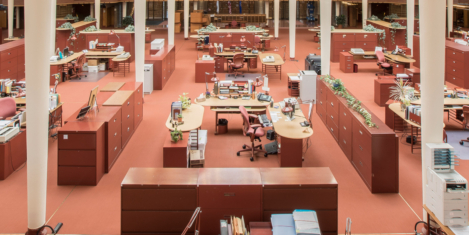
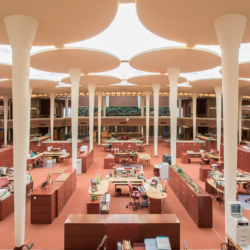

 Water cooler chats and the buzz of office life is set to remain on hold until at least the New Year as businesses look to restructure their office needs from January. A government drive to see more office employees return to work in the workplace has seen a rise in commuters to more than 60 percent according to the latest figures from the
Water cooler chats and the buzz of office life is set to remain on hold until at least the New Year as businesses look to restructure their office needs from January. A government drive to see more office employees return to work in the workplace has seen a rise in commuters to more than 60 percent according to the latest figures from the 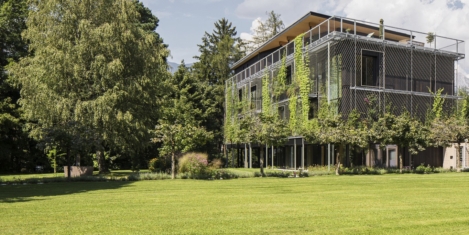
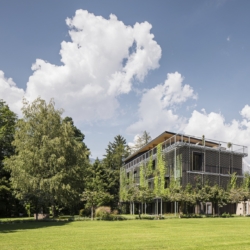








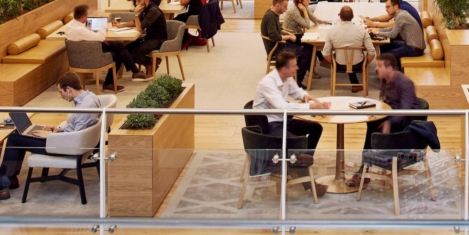
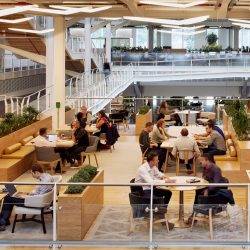
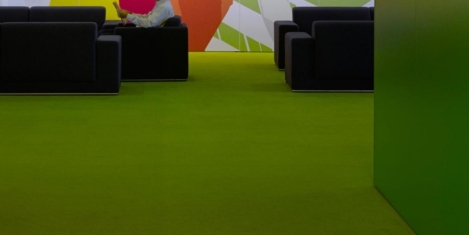
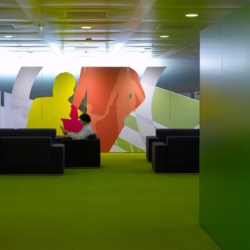











October 9, 2020
As a workplace professional, how many hats do you wear to work?
by Karina Tissnes • Comment, Facilities management, Workplace